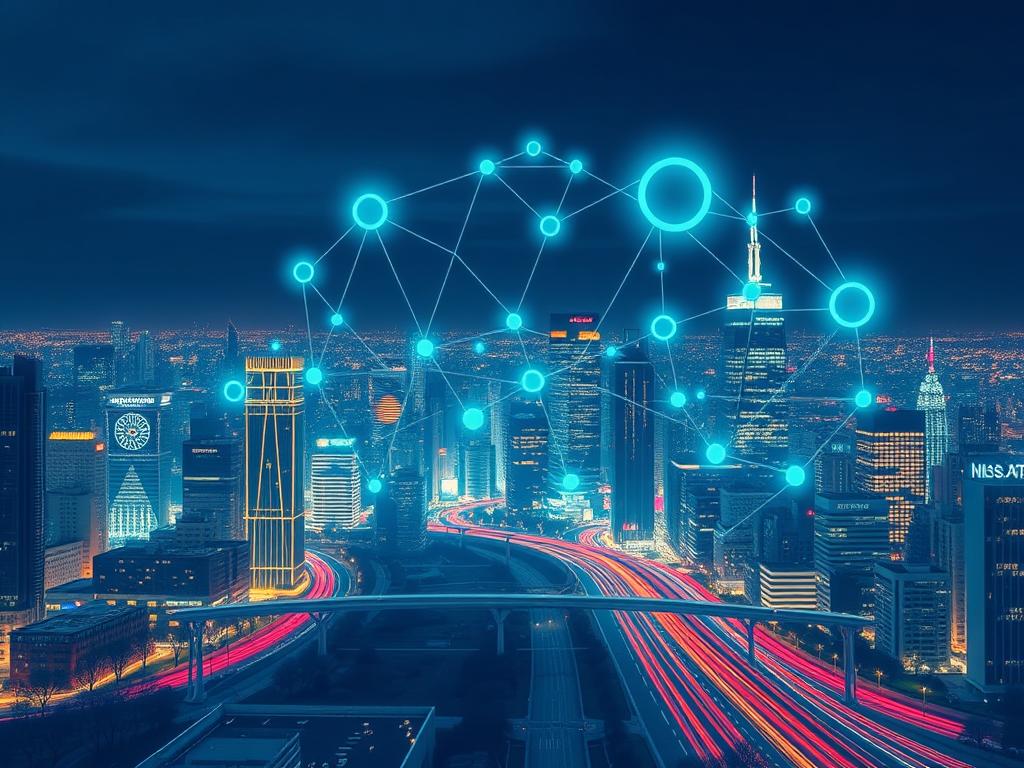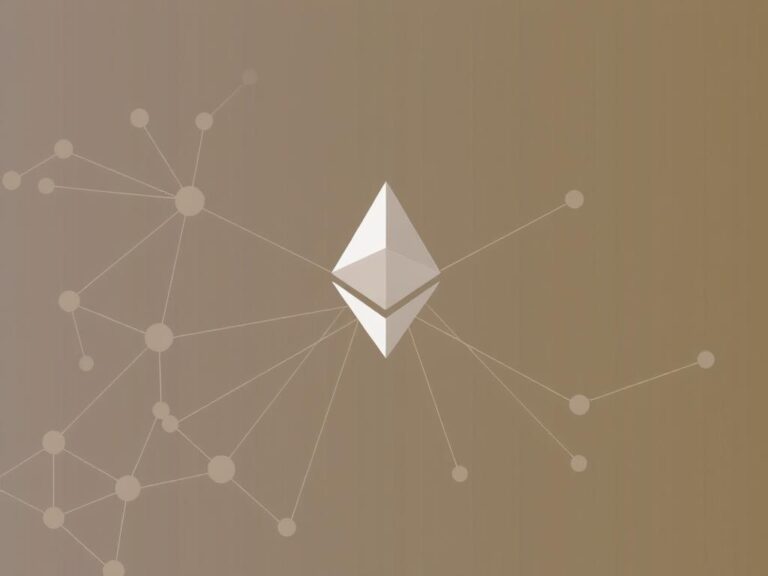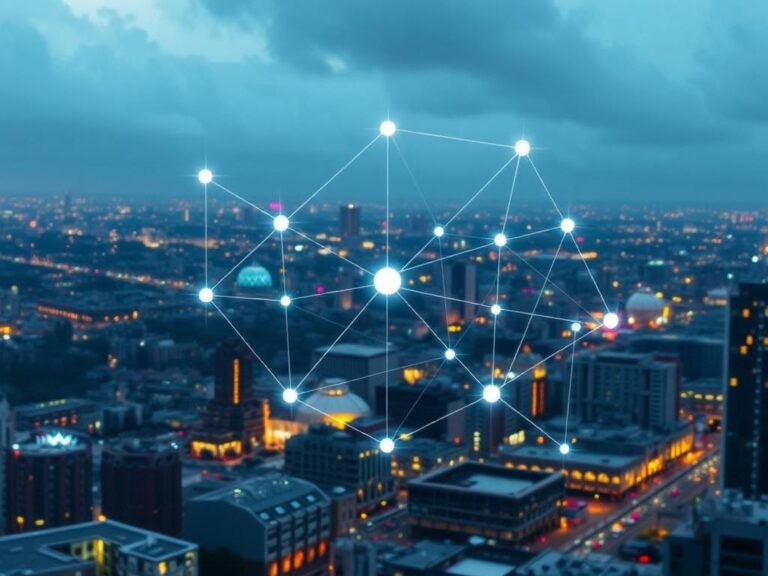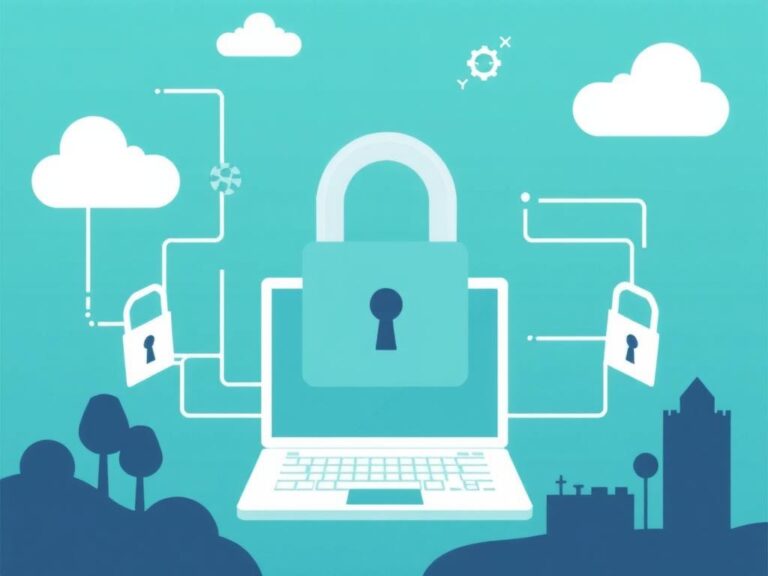Smart Cities and P2P Data Sharing: Transforming Urban Life through Decentralized Connectivity
What Exactly Are Smart Cities?
Smart cities represent the future of urban living, where technology and data work hand-in-hand to make life easier, safer, and more efficient for residents. But what does that really mean? At its core, a smart city uses digital technology and the internet of things (IoT) to collect and analyze data from everything around – from traffic lights to energy grids, public safety systems to waste management. This data-driven approach allows city planners and administrators to optimize resources, reduce costs, and improve the overall quality of life for citizens.
Picture this: smart streetlights that only turn on when someone is nearby, sensors that monitor air quality and alert officials to pollution spikes, or apps that help you find the nearest available parking spot in real time. These innovations are part of a growing ecosystem aiming to make urban areas more responsive and sustainable. But as more devices and systems become interconnected, the question arises—how do we share and secure all this valuable information effectively?
Decoding Peer-to-Peer (P2P) Data Sharing in Smart Cities
This is where P2P data sharing steps into the spotlight. Unlike traditional networks that rely on a central hub to distribute information, peer-to-peer (P2P) systems allow devices and users to share data directly with one another. Think of it as a decentralized conversation, where every participant can both send and receive information without waiting for a middleman.
In the context of smart cities, P2P data sharing is transformative. Imagine autonomous vehicles communicating directly with each other to avoid traffic accidents, or neighborhood sensors exchanging environmental data to respond faster to emergencies. This decentralized approach not only improves the speed and resilience of data communication but also enhances privacy and security by reducing dependency on centralized servers vulnerable to hacking or failure.
Key Advantages of P2P Data Sharing in Urban Environments
- Enhanced Data Security: By decentralizing data flow, P2P reduces the risk of a single point of attack, making it harder for hackers to compromise whole systems.
- Greater Network Efficiency: Data can travel directly between devices without detours through central nodes, minimizing delays and bottlenecks.
- Improved Scalability: As more devices join a smart city, P2P networks can grow organically without the need for costly infrastructure upgrades.
- Increased Resilience: If one part of the network fails, others can continue sharing data, ensuring continuous operation.
Real-World Applications of P2P in Smart Cities
Many emerging smart city projects worldwide are already tapping into the power of P2P data sharing to enhance urban living. Let’s look at some examples that show how this technology is shaping our cities today:
| Application | Description | Benefits |
|---|---|---|
| Traffic Management | Vehicles and traffic signals share real-time data to optimize traffic flow and reduce congestion. | Fewer traffic jams, lower emissions, faster commutes |
| Energy Grids | Distributed energy resources coordinate via P2P networks to balance supply and demand efficiently. | Improved energy efficiency, cost savings, integration of renewables |
| Public Safety | Surveillance devices and emergency responders exchange immediate data in crisis situations. | Quicker response times, enhanced situational awareness |
| Waste Management | Smart bins communicate fill levels directly to garbage collection services, optimizing routes. | Reduced waste overflow, lower operational costs |
Challenges and Considerations for Implementing P2P Data Sharing
Implementing P2P data sharing in smart cities is not without its challenges. For instance, ensuring interoperability among diverse devices and platforms requires robust standards and protocols. Additionally, while decentralization improves security in some ways, it also demands new strategies to authenticate devices and verify data integrity. Urban planners and technologists must also balance the fine line between maximizing data sharing for efficiency and protecting citizens’ privacy rights.
A few key considerations include:
- Data Privacy: Implementing strong encryption and anonymization methods to protect personal information.
- Network Governance: Defining clear rules for who can access and share data on the P2P network.
- Infrastructure Compatibility: Designing networks that support both legacy and emerging technologies.
- Regulatory Compliance: Adhering to laws and regulations governing data storage and transmission.
How Individuals Can Benefit from P2P Data Sharing in Smart Cities

Beyond the technical aspects, P2P data sharing promises tangible benefits for everyday citizens living in smart cities. These benefits include improved public services, increased engagement, and the creation of more inclusive urban environments. For example, residents can receive hyper-local weather updates right from neighboring sensors or participate in peer-driven energy trading schemes that save money and promote sustainability. This technology can help foster a sense of community where people directly contribute to and benefit from the shared data ecosystem.
Smart City Use Cases Empowering Citizens
- Community Alerts: Residents receive real-time notifications about local events, disruptions, or hazards.
- Resource Sharing: P2P platforms enable sharing of tools, vehicles, or amenities without centralized coordination.
- Participatory Governance: Citizens engage in collaborative decision-making using transparent, decentralized information flows.
The Road Ahead: Future Trends in Smart Cities and P2P Data Sharing
Looking forward, the combination of smart cities and P2P data sharing will only deepen. Emerging technologies such as 5G, edge computing, and blockchain are poised to enhance P2P networks, making them faster, more secure, and more reliable. Blockchain, for instance, can provide immutable records of data exchanges, strengthening trust between participants.
Moreover, as artificial intelligence (AI) becomes embedded in urban infrastructure, P2P networks will facilitate distributed AI models that operate across devices, improving real-time decision-making while maintaining privacy. The convergence of these technologies heralds a new era where cities are not just smart, but truly intelligent and responsive ecosystems shaped by the data flows of millions of interconnected peers.
Summary of Future Trends

| Trend | Impact on P2P Data Sharing |
|---|---|
| 5G Networks | Faster, low-latency connections enable real-time direct device communication. |
| Edge Computing | Processing data close to the source reduces bandwidth usage and latency. |
| Blockchain | Decentralized ledger systems enhance data trustworthiness and security. |
| AI Integration | Distributed AI models improve autonomous decision making across P2P networks. |
Conclusion
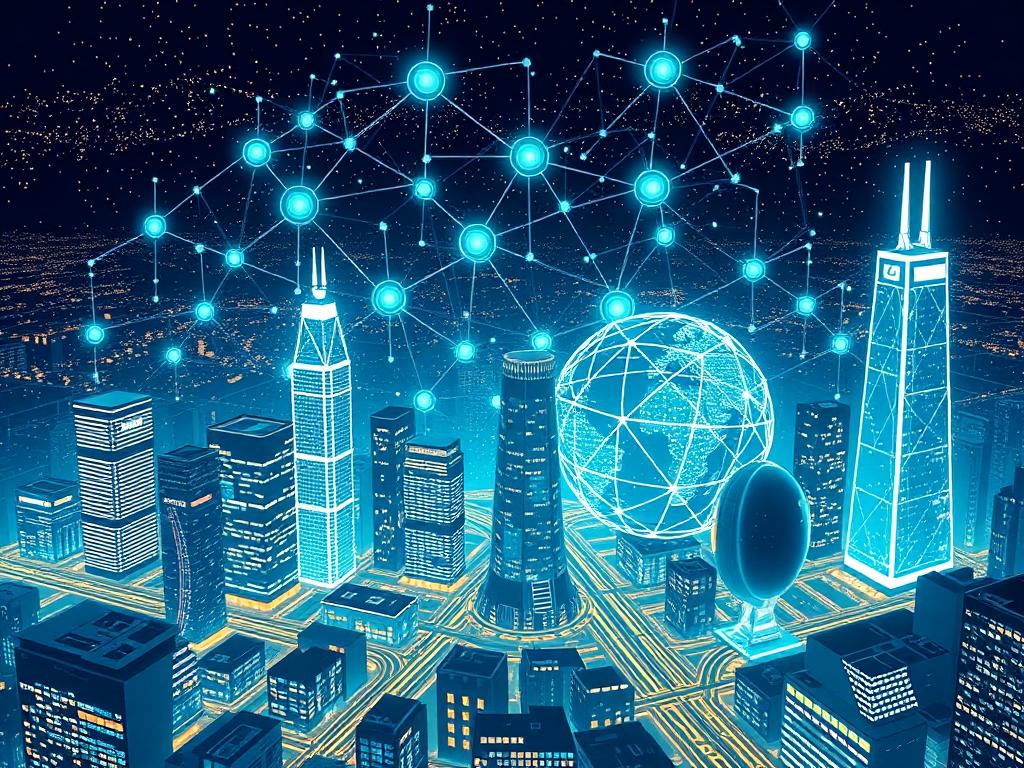
Smart cities are revolutionizing how we interact with the urban environment, and peer-to-peer data sharing stands at the heart of this transformation. By enabling devices and people to communicate directly, P2P networks break down the barriers of centralized control, offering faster, more secure, and resilient data exchange. This approach addresses key challenges in scalability, privacy, and efficiency, reshaping everything from traffic flow to public safety. As new technologies like 5G, blockchain, and AI continue to evolve alongside smart city initiatives, the potential for decentralized data sharing to empower communities and improve urban living grows exponentially. Embracing P2P data sharing doesn’t just make cities smarter—it fosters more connected, accessible, and sustainable spaces where people and technology thrive together.
